“ Living in the capital, each time using water, having to use a tiny ladle, scooping little by little, is more miserable than the subsidy period ” - Mrs. Pham Viet Xuan Phuong's bitter sharing about the tragedy that people in Thanh Ha urban area like her have had to endure, for a long time, is perhaps something that is worth pondering for those responsible, and must be more determined in finding the answer to the question: Where is clean water?.
“Water crisis” - that is the completely accurate phrase to describe the current situation in Thanh Ha urban area (Thanh Oai, Hanoi) for many days. “ Without clean water, dishes, cooking utensils, and clothes are piled up and cannot be washed. Water is now scarce, many households do not even have water to flush the toilet. This situation has been going on for 3 days now when the tanks of 3 apartment buildings HH03A - HH03B - HH03C no longer have clean water for people to use ”, that is the indignant sharing of a local resident on the 3rd day their urban area has been without water.
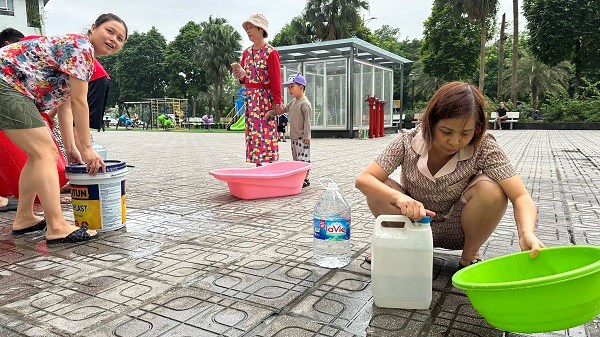
Residents in the apartment building in Thanh Ha Urban Area have to use buckets and basins to get clean water. Photo: Anh Huy
More than ten days later, on October 25, according to local residents, after residents complained about unsafe water quality and lack of domestic water, water has now been re-supplied. However, the amount of water flowing in is only a trickle, lasting only 1-2 hours before being cut off again. In addition, the water supply is "extremely awkward" as it often takes place at odd times such as 9am, 1-2am, making it impossible for most residents to wait to get water. Meanwhile, the quality of the re-supplied water is also not guaranteed.
Therefore, “having water is like having no water” is the most likely description of the tragedy that the residents of Thanh Ha urban area have to endure. Previously, the “water crisis” started at around 7:30 p.m. on October 14 when residents of apartment building HH03A-B1.3, Thanh Ha urban area reported that they suddenly lost water for daily use. This means that the “2023 water crisis” has lasted for 10 days now, but so far, there are still no signs of “cooling down”.
It is worth mentioning that, previously, in order to overcome the shortage of domestic water in Thanh Ha urban area, on October 18, Hanoi Party Secretary Dinh Tien Dung directed and requested units to use all measures to quickly restore water supply and stabilize the long-term situation for the people of Thanh Ha urban area, but so far the recovery has been very slow. It is this slowness that has led to frustration, suffocation, and eroded the tolerance of the people.
Many residents in Thanh Ha Urban Area, when asked, said that what they want most right now is to sell their house, even if it is cheap, as long as they can escape from a place that to them is no different from a place of exile, both miserable and not ensuring the quality of life.
What is even more worrying is that the “water crisis” is not a new phenomenon in this urban area. In the recent urgent letter of appeal from thousands of Thanh Ha Urban Area residents to many agencies, the water source they are provided with is not only unstable but also of poor quality, endangering the health and lives of thousands of residents.
In the process of using water provided by Thanh Ha Company and Nam Ha Noi Company, since 2017 until now, people have always noticed that the water they are provided has unusual signs such as cloudy water, fishy smell, strong chlorine smell, more seriously, when used, it causes itching, discomfort, and peeling skin as if exposed to chemicals.
Over the past nearly 6 years, residents in Thanh Ha Urban Area have reflected and had many dialogues with the above water companies but have not received any positive changes in the quality of water supply.
The peak was on October 5, 2023, when a series of residents showed signs of serious health effects such as: itchy rash, blistering skin, burning eyes, burning nose, watery eyes, runny nose, hair loss, chest tightness, difficulty breathing, gynecological infections, eye pain, dizziness, nausea, etc. when using water sources provided by the above companies. As for pets, a series of fish, turtles and aquatic creatures died...
Obviously, water is not only a matter of daily life, it is also a matter of social security and people's health. And when it is related to people's security, all related factors need to be handled clearly and transparently.
In the story of Thanh Ha Urban Area, as observed by Dr. Dang Van Cuong, it is not only the responsibility of the water supplier and the water user but also the responsibility of the local government in ensuring social security, ensuring the health and life of the people. In case there is a conclusion from the competent authority showing that the water source is not safe and hygienic, contaminated, and does not meet the prescribed quality standards, the clean water supplier must take full responsibility.
If damage is caused, compensation must be paid for all damages that have occurred to households. Local authorities also need to be responsible for selecting a clean water supplier. In case this enterprise does not ensure the conditions and capacity to supply water to households, it can choose an alternative unit. At the same time, consider the responsibility of related organizations and individuals in this incident.
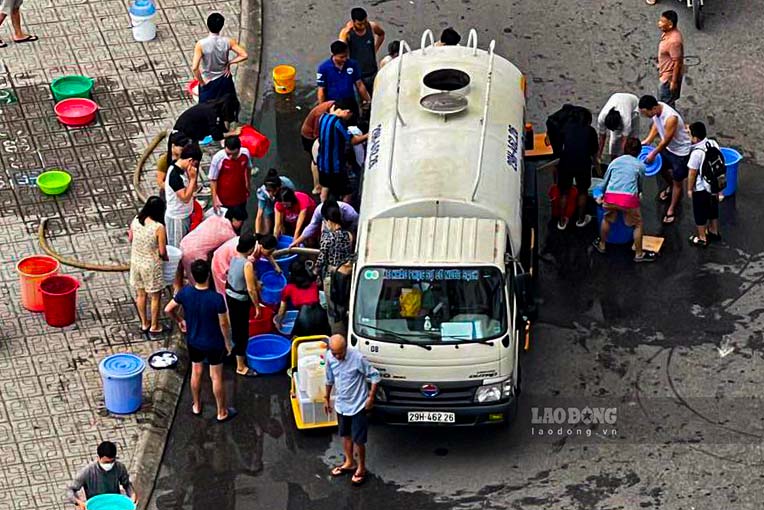
Not only in Thanh Ha Urban Area, according to statistics in May 2023 of the Hanoi Department of Construction, dozens of communes in Hanoi are still lacking clean water, currently only about 85% of people in rural areas have access to clean water. And certainly, the phenomenon of clean water shortage has not only occurred in the capital. Vietnam has also set a target that by 2025, 95-100% of urban residents and 93-95% of rural residents will have clean water to use. However, statistics show that there is still a gap between the target and reality.
And to give everyone access to clean water, there is still much work to be done, one of the most important of which is to speed up the progress of clean water projects.
Six years ago, a statistic showed that Vietnam's demand for clean water would increase to about 10 million m3/day by 2020. To meet this demand, Vietnam needed up to 10.2 billion USD to invest in new water supply and drainage projects, water improvement and treatment.
To attract more than 10 billion USD, mobilizing private resources for clean water projects is considered the solution to the investment problem for these projects when ODA capital is cut. But the important thing is to have specific and attractive incentive mechanisms - especially capital issues, to encourage private enterprises to participate...
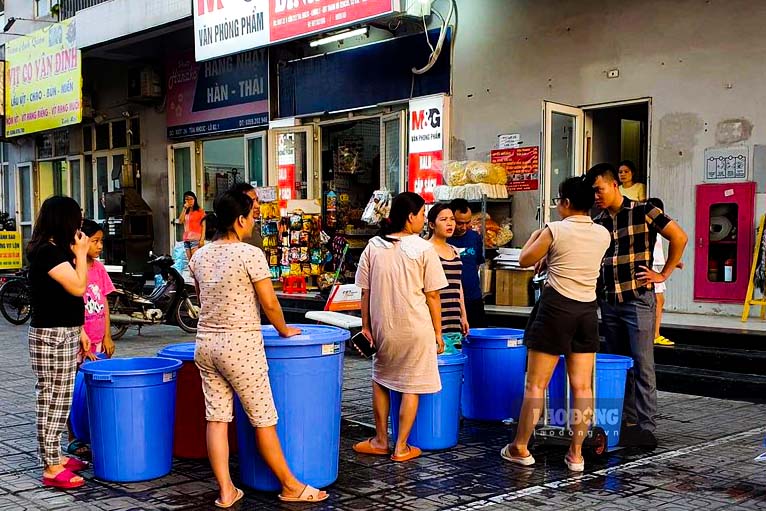
But so far, the private sector seems to be too hesitant to invest in this field. The reason for this, according to experts, is because Vietnam lacks a legal framework for the clean water market, creating many contradictions and paradoxes.
For example, many National Assembly deputies in 2019 proposed that this should be a conditional business sector. This proposal was repeated by relevant associations in 2020, however, to date, this issue is still open. Currently, only Decree 117 directly regulates the management, supply and exploitation of water resources.
Obviously, when the legal track is not convenient, the clean water racers will have a hard time. According to experts from the Institute for Policy Studies and Media Development (IPS), it is time to have a comprehensive assessment and design a comprehensive policy system to complete the clean water business market. Only then will the question "where is clean water?" stop being a painful one.
Nguyen Ha
Source


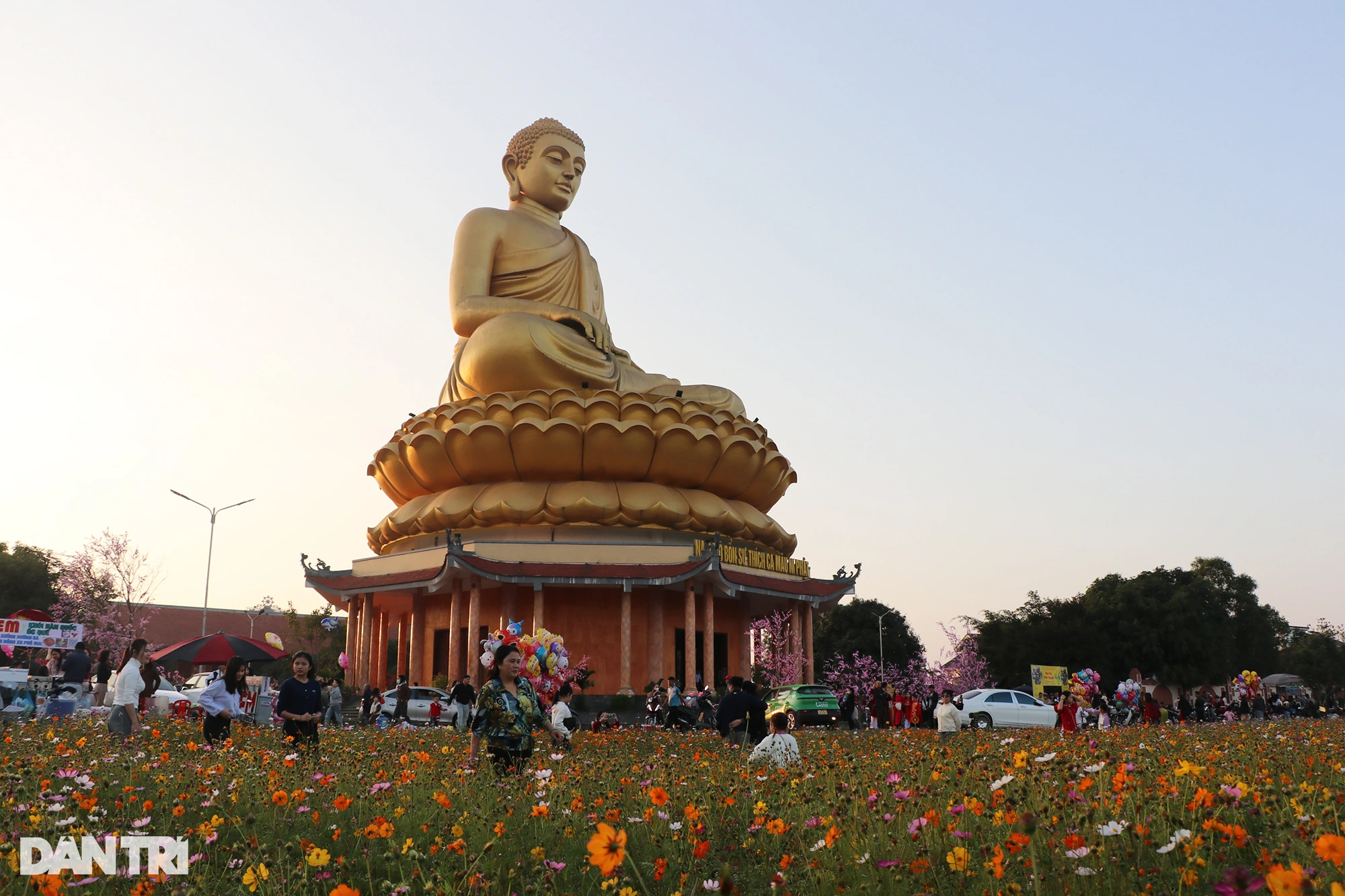



















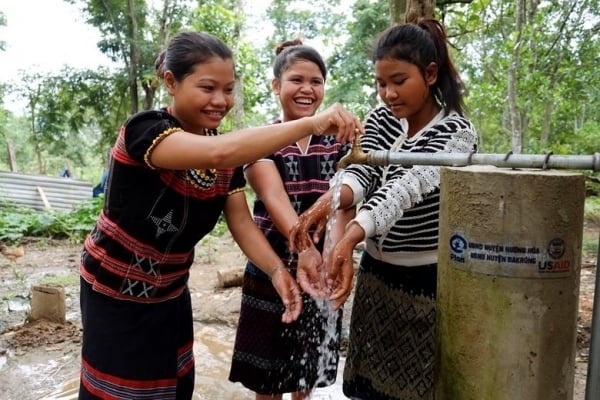

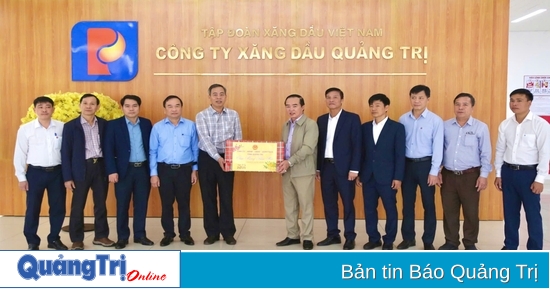
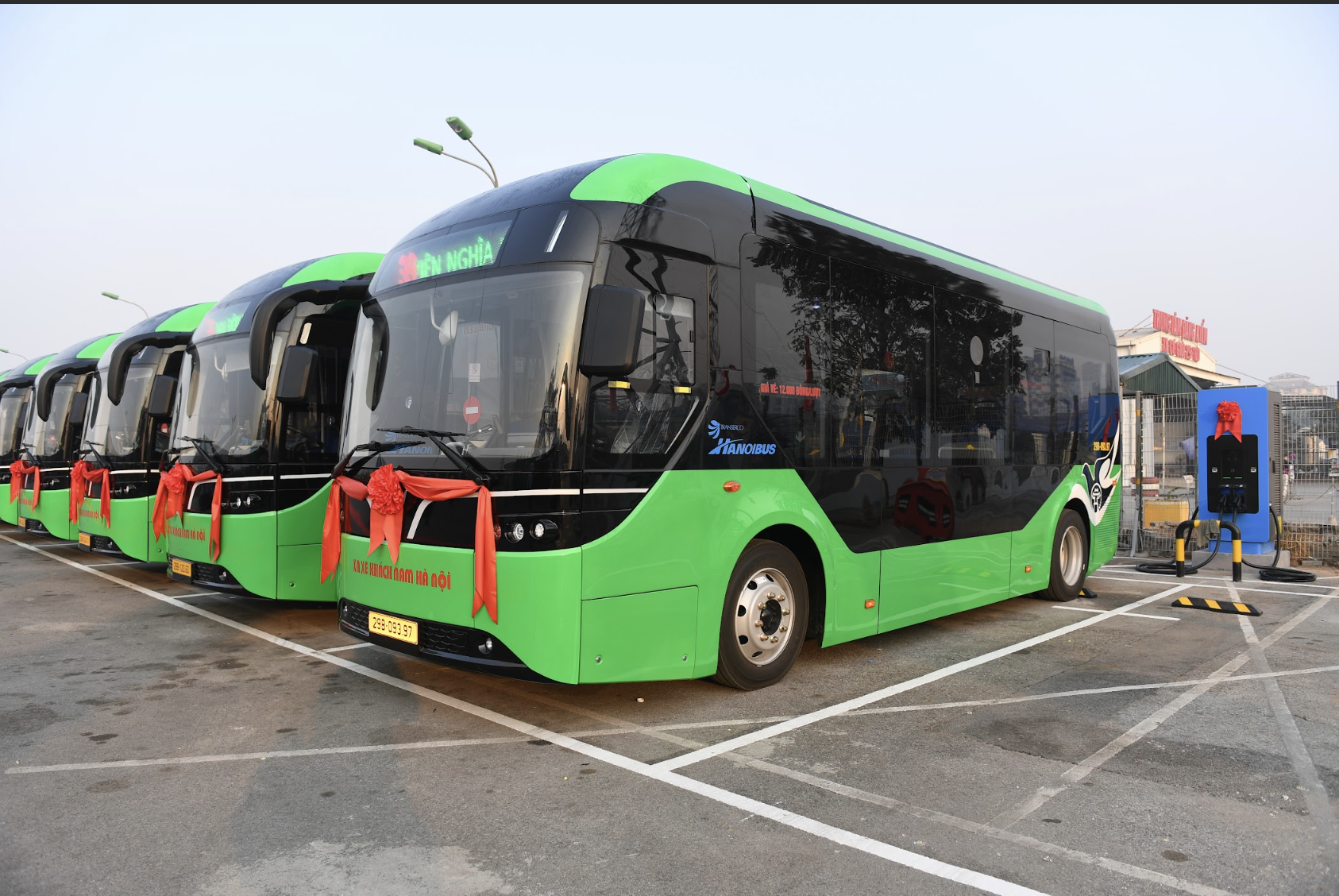

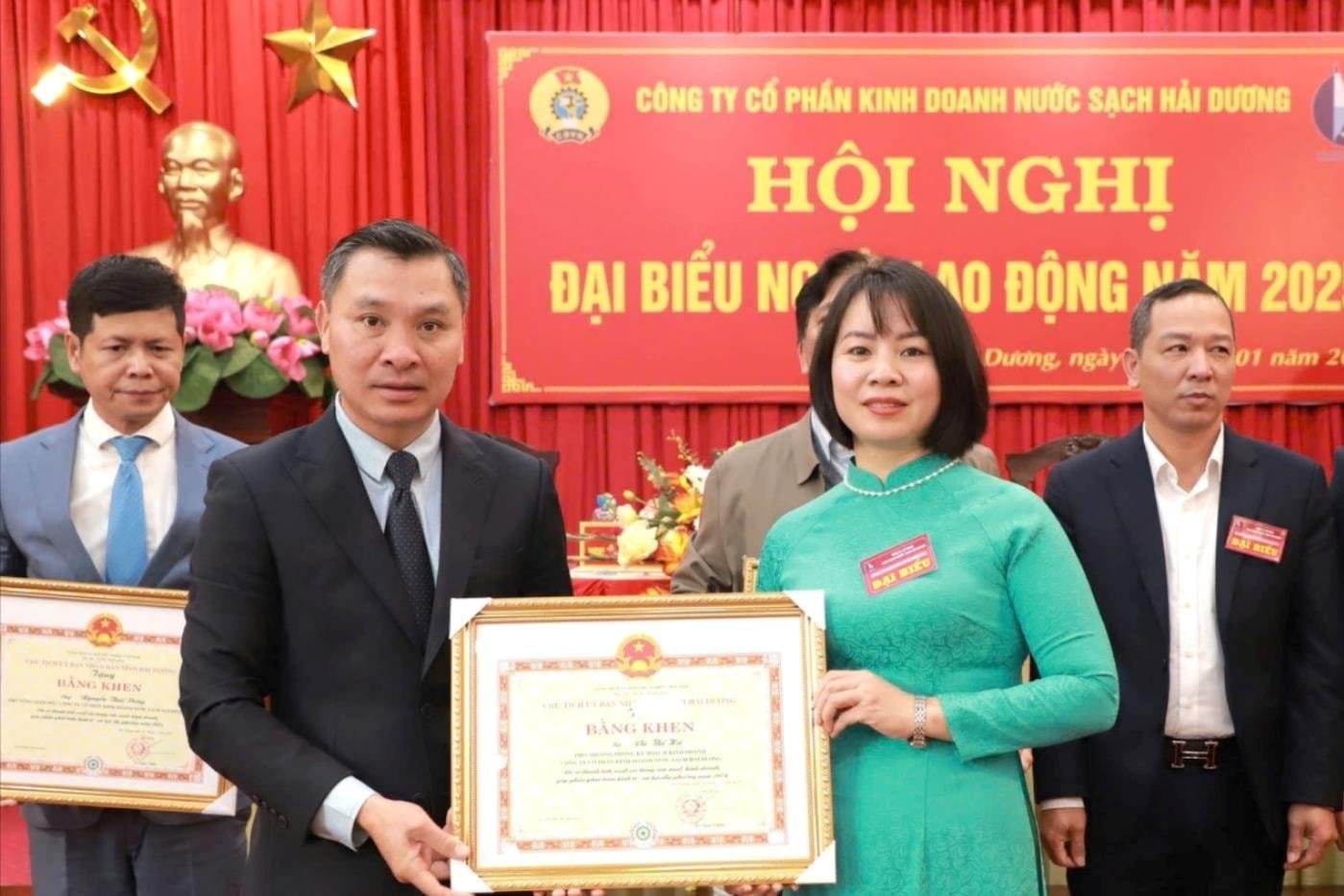


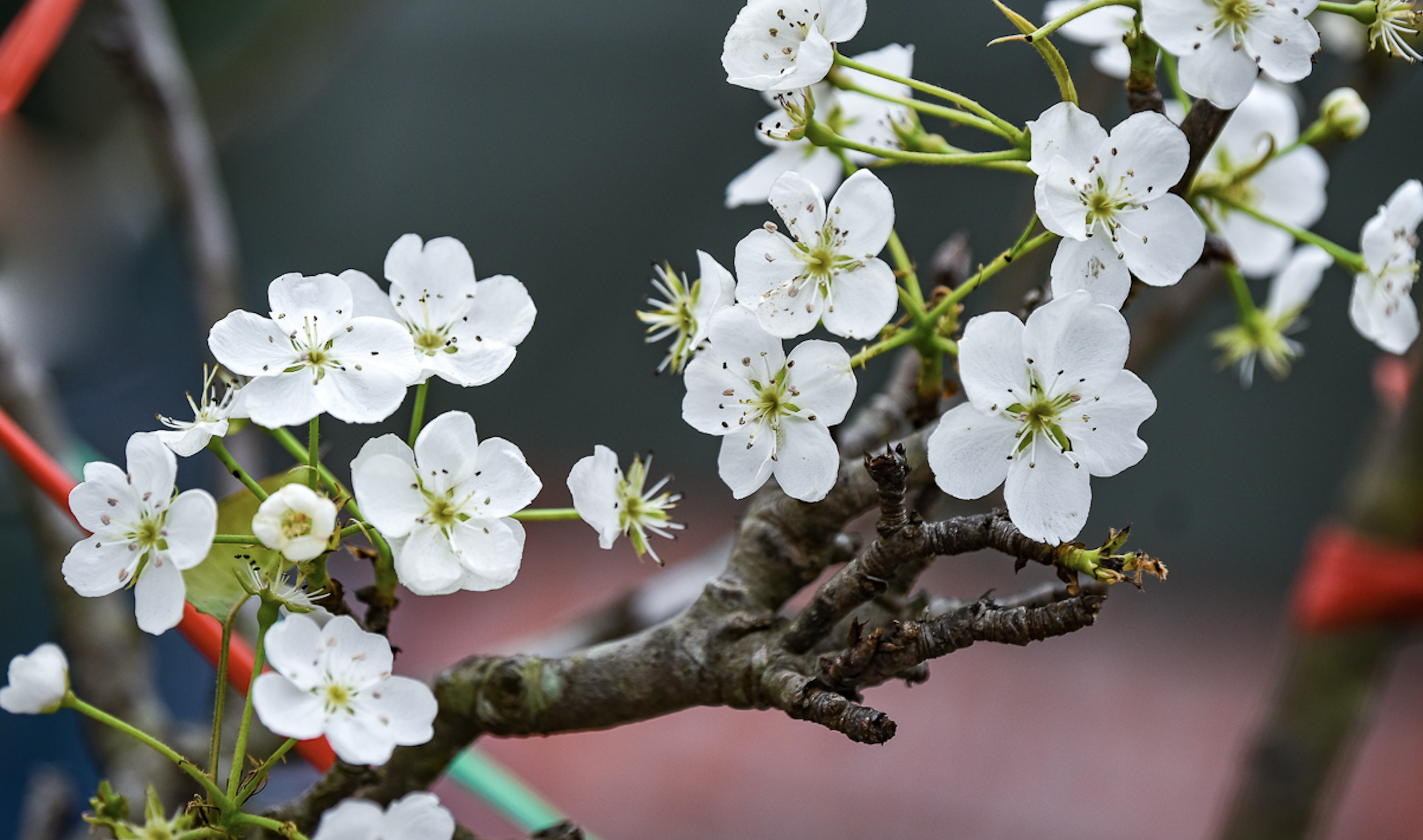












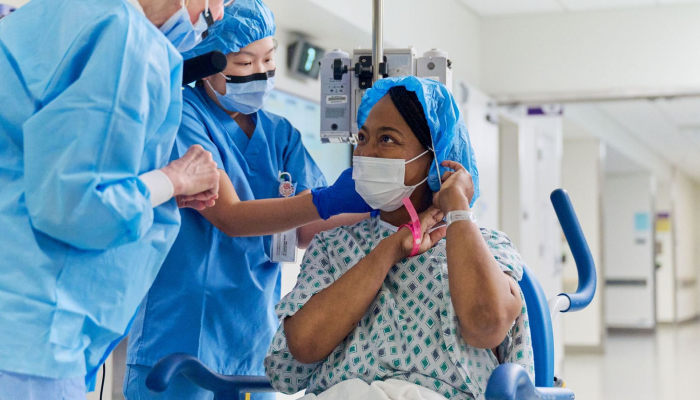



















Comment (0)